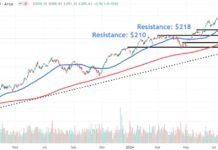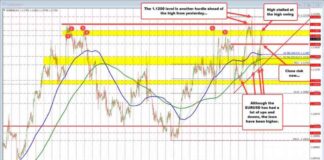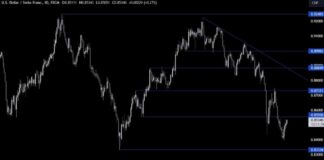Managing Inflation Risks: Insights from Fed Harker
In today’s volatile economic climate, managing inflation risks is a top priority for investors and policymakers alike. With the Federal Reserve closely monitoring inflation trends, it’s crucial for market participants to understand the potential impacts on their portfolios and investment decisions. Recently, Fed Harker shared valuable insights on how to navigate these challenging times.
Understanding Inflation Risks
Inflation is a key economic indicator that measures the rate at which prices of goods and services rise over time. When inflation is low and stable, it can support economic growth and consumer confidence. However, if inflation rises too quickly, it can erode purchasing power and lead to higher interest rates, which can impact investment returns.
Fed Harker emphasized the importance of monitoring inflation expectations to gauge the potential risks to the economy. By analyzing key indicators such as the Consumer Price Index (CPI) and the Producer Price Index (PPI), investors can better assess the current inflationary pressures and adjust their investment strategies accordingly.
Strategies for Managing Inflation Risks
To mitigate the impact of inflation on their portfolios, investors can consider a variety of strategies. One approach is to diversify their investments across different asset classes, such as stocks, bonds, and commodities. By spreading risk across a range of assets, investors can reduce their exposure to inflationary pressures in any one sector.
Another strategy is to invest in assets that have historically performed well in inflationary environments, such as real estate, gold, and Treasury Inflation-Protected Securities (TIPS). These assets can provide a hedge against inflation and help preserve the value of investors’ portfolios over time.
Fed Harker also highlighted the importance of maintaining a long-term perspective when managing inflation risks. While short-term fluctuations in inflation rates can be concerning, investors should focus on their overall investment goals and stay disciplined in their investment approach.
Conclusion
In conclusion, managing inflation risks is a critical aspect of successful investing in today’s economic environment. By understanding the drivers of inflation, monitoring key indicators, and implementing appropriate strategies, investors can position themselves to navigate inflationary pressures and achieve their financial objectives. With insights from experts like Fed Harker, investors can stay informed and proactive in managing their portfolios effectively.

















